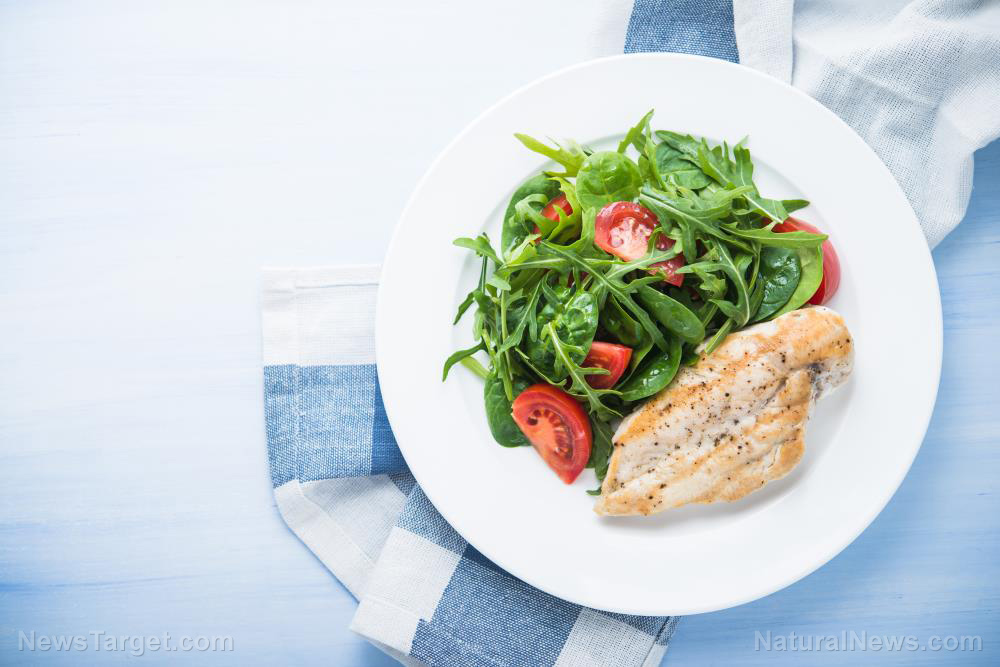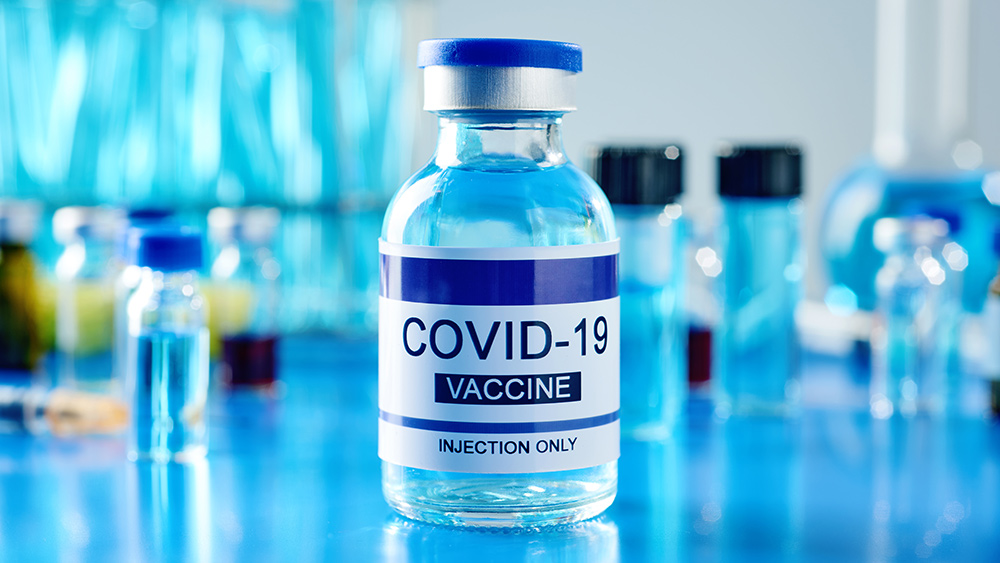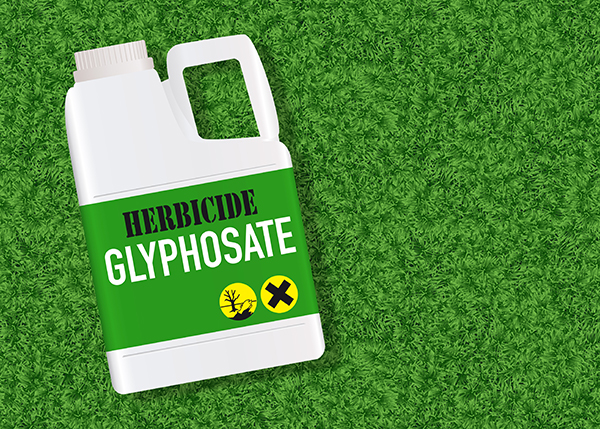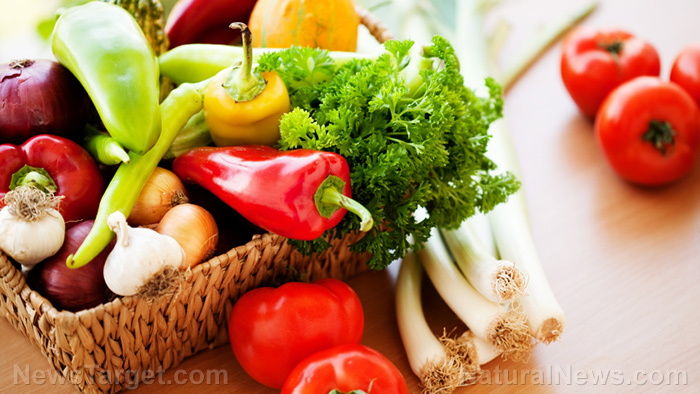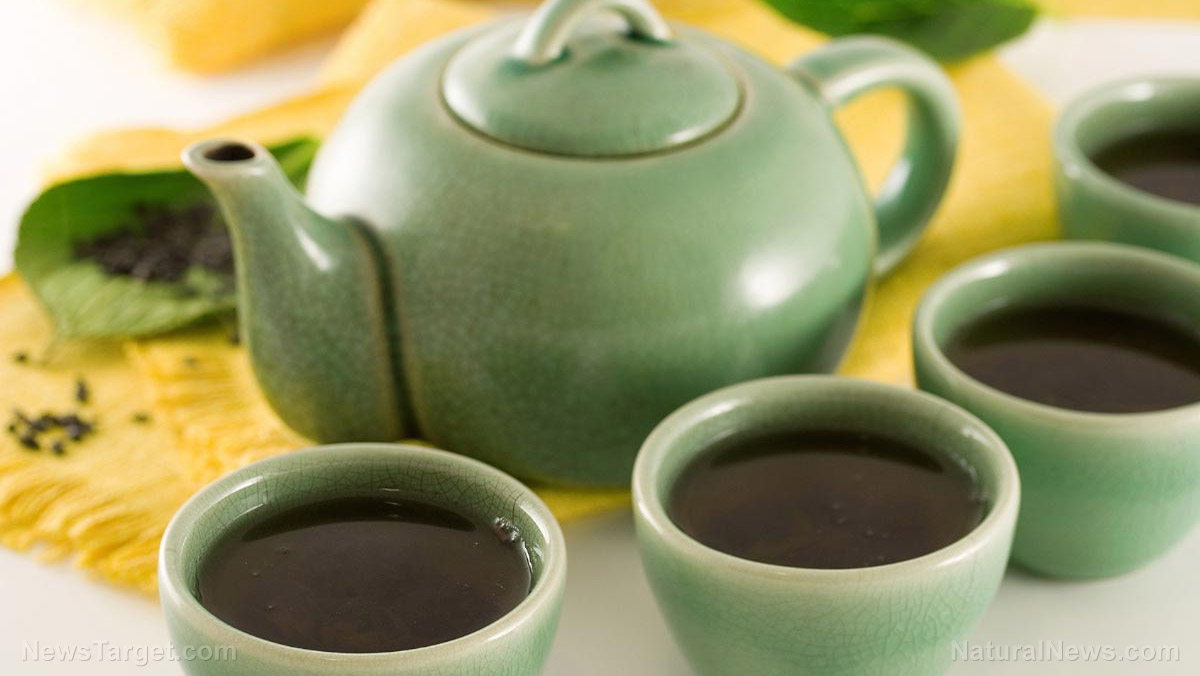The healing power of myrtle: Why this ancient herb is still a relevant, versatile medicinal plant today
09/29/2025 / By Olivia Cook
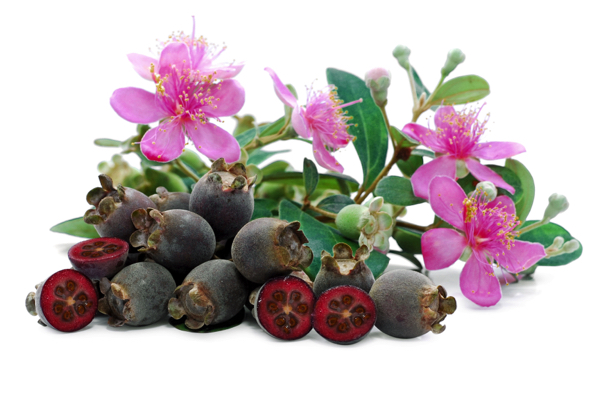
- Myrtle (Myrtus communis) has been revered for centuries in Mediterranean cultures, associated with beauty, vitality and traditional medicine.
- Historically used in Egypt, Greece and Rome for treating digestive, respiratory and skin conditions, myrtle was valued in natural remedies, rituals and perfumery.
- Myrtle contains powerful compounds like flavonoids, phenols, tannins, terpenes and terpenoids, each contributing to its antioxidant, anti-inflammatory and antimicrobial properties.
- Scientific studies confirm myrtle’s ability to reduce inflammation and pain, fight a wide range of pathogens and offer strong antioxidant protection at the cellular level.
- Other species like lemon myrtle (Backhousia citriodora) and crape myrtle (Lagerstroemia speciosa) provide additional health and ornamental value, expanding myrtle’s global relevance.
For centuries, the humble myrtle plant (Myrtus communis) has held an honored place in cultural lore and traditional medicine. Known for its beautiful evergreen leaves, aromatic berries and fragrant flowers, myrtle was once considered sacred by the Greeks and Romans, who associated it with goddesses of beauty and love like Aphrodite and Venus.
Across the Mediterranean, myrtle became a symbol of vitality – used in natural medicine, perfumes and rituals. Traditional healers in Egypt. Greece, Rome and beyond would incorporate myrtle into remedies for digestive complaints, respiratory issues, skin conditions and more.
Today, science is increasingly validating many of myrtle’s traditional uses – unveiling the powerful bioactive compounds in this ancient herb that may support health in numerous ways.
Beyond M. communis, often called “true myrtle,” other varieties offer unique qualities and benefits. Backhousia citriodora, known as “lemon myrtle,” is native to Australia and celebrated for its bright, lemony fragrance and high citral content, which provides potent antimicrobial properties. Another variety, Lagerstroemia speciosa, or “crape myrtle,” is popular as an ornamental plant in Asia and is now being studied for its antioxidant and anti-inflammatory effects.
Phytochemicals in myrtle
Myrtus communis boasts a rich profile of phytochemicals – natural plant compounds with potent biological effects – found in its berries, essential oils, flowers, leaves and stems. These bioactive compounds each contribute to myrtle’s reputation as a versatile medicinal plant with diverse health benefits.
- Flavonoids. Catechin, myricetin and quercetin are some of the powerful antioxidant flavonoids in myrtle that play roles in protecting blood vessels, reducing inflammation and supporting immune function.
- Phenols. Caffeic acid, ferulic acid, gallic acid and vanillic acid in myrtle are known for their anti-inflammatory and antimicrobial properties – protecting the cells, immune system and skin.
- Tannins. Cyanidin-3-O-glucoside and gallotannins are examples of tannins in myrtle, which contribute to antioxidant effects, gastrointestinal support and wound healing.
- Terpenes. Alpha-caryophyllene, alpha-pinene, limonene, myrcene and p-cymene (among others) lend myrtle its distinctive aroma and are known for their anti-inflammatory, antimicrobial and calming properties.
- Terpenoids. 1,8-cineole, geraniol and linalool are some terpenoids with antimicrobial and soothing effects that support mental well-being and respiratory.
How myrtle’s phytochemicals support optimal health
Myrtle’s remarkable combination of bioactive compounds allows it to support various aspects of health. Here are some scientifically backed benefits of myrtle, based on its unique phytochemical profile:
Anti-inflammatory
In animal studies, M. communis essential oil lowered swelling and key inflammatory markers, like TNF-alpha and IL-6, when applied topically in affected areas. Compounds in myrtle, such as myrtenal and myrtucommulone, block enzymes that cause inflammation – leading to less discomfort, redness and swelling, Myrtle also reduces oxidative stress by lowering harmful reactive oxygen species (ROS), which contribute to chronic inflammation.
Natural pain relief
Studies using both water-based and alcohol-based extracts from M. communis helped reduce pain in animal tests. When tested with hot water plates and by measuring writhing movements (a common way to check for pain), the extracts significantly eased the pain. The pain-relieving effects were blocked by naloxone – suggesting that myrtle works through similar pathways as traditional painkillers.
In animal studies, the compound myrtenal in myrtle essential oil reduced both heat-induced pain and general irritation. After treatment, animals showed fewer writhing movements – with up to 40 percent reduction in pain compared to control groups
Antimicrobial protection
M. communis extracts and bioactive compounds have shown effectiveness against a variety of harmful pathogens, including:
- Bacillus subtilis – a common bacterium in the environment, sometimes linked to food spoilage
- Candida – causing oral thrush, skin rashes and yeast infections
- Enterobacter cloacae – causing infections in the bloodstream, respiratory system and urinary tract
- Enterococcus faecalis – linked to bacteremia, endocarditis and urinary tract infections
- Escherichia coli – responsible for food poisoning, gastroenteritis and urinary tract infections
- Klebsiella pneumonia and Staphylococcus aureus – causing bloodstream infections, pneumonia and skin infections
- Listeria monocytogenes – a cause of foodborne illness and listeriosis
- Proteus vulgaris – associated with urinary tract and wound infections
- Pseudomonas aeruginosa – linked to infections in the lungs, urinary tract and wounds, particularly in immunocompromised individuals
- Salmonella typi – the cause of typhoid fever
- Shigella flexneri – causing dysentery and gastrointestinal infection
Furthermore, M. communis oil has proven to be effective in preventing the formation of harmful biofilms, which are often involved in chronic infections, such as those seen in cystic fibrosis or chronic wounds. The oil also demonstrated fungicidal activity against various fungi, including those causing nail fungus, skin infections and conditions like Pityriasis versicolor (a skin infection caused by Malassezia yeast).
Powerful antioxidant support
Myrtle contains antioxidants from compounds primarily found in its leaves and berries, which help combat oxidative stress by scavenging free radicals and may offer anti-inflammatory benefits.
- Ellagitannins, flavonol glycosides and galloyl compounds. These hydroalcoholic extracts from myrtle leaves enhance antioxidant protection by neutralizing free radicals, preserving cellular integrity and protecting molecules, like DNA from oxidative damage. Golloyl-quinic acids also show a significant capacity to inhibit lipid peroxidation, especially in cells stressed by hydrogen peroxide.
- Phenolic compounds. Myrtle leaf extracts, especially in methanol have the highest antioxidant activity, followed by water and ethanol extracts, while berry extracts show similar antioxidant activity, but to a slightly lesser degree. These compounds, including caffeic acid and myricitrin (a myricetin derivative), effectively scavenge free radicals, reduce oxidative stress and inhibit low-density lipoprotein or LDL (bad cholesterol) oxidation, which helps prevent atherosclerosis.
Visit Herbs.news for more stories like this.
Watch this video about 21 surprising health benefits of crape myrtle.
This video is from the Daily Videos channel on Brighteon.com.
More related stories:
Essential oils can be used for pain relief – a look at your best options.
Yarrow: The ancient herb of healing and resilience.
Astragalus: The ancient herb of longevity and vitality.
Sources include:
Submit a correction >>
Tagged Under:
alternative medicine, ancient herb, anti-inflammatory, antimicroial, antioxidant powerhouse, food cures, functional food, herbal medicine, medicinal plant, myrtle, natural analgesic, natural cures, natural medicine, natural remedy, naturopath
This article may contain statements that reflect the opinion of the author


